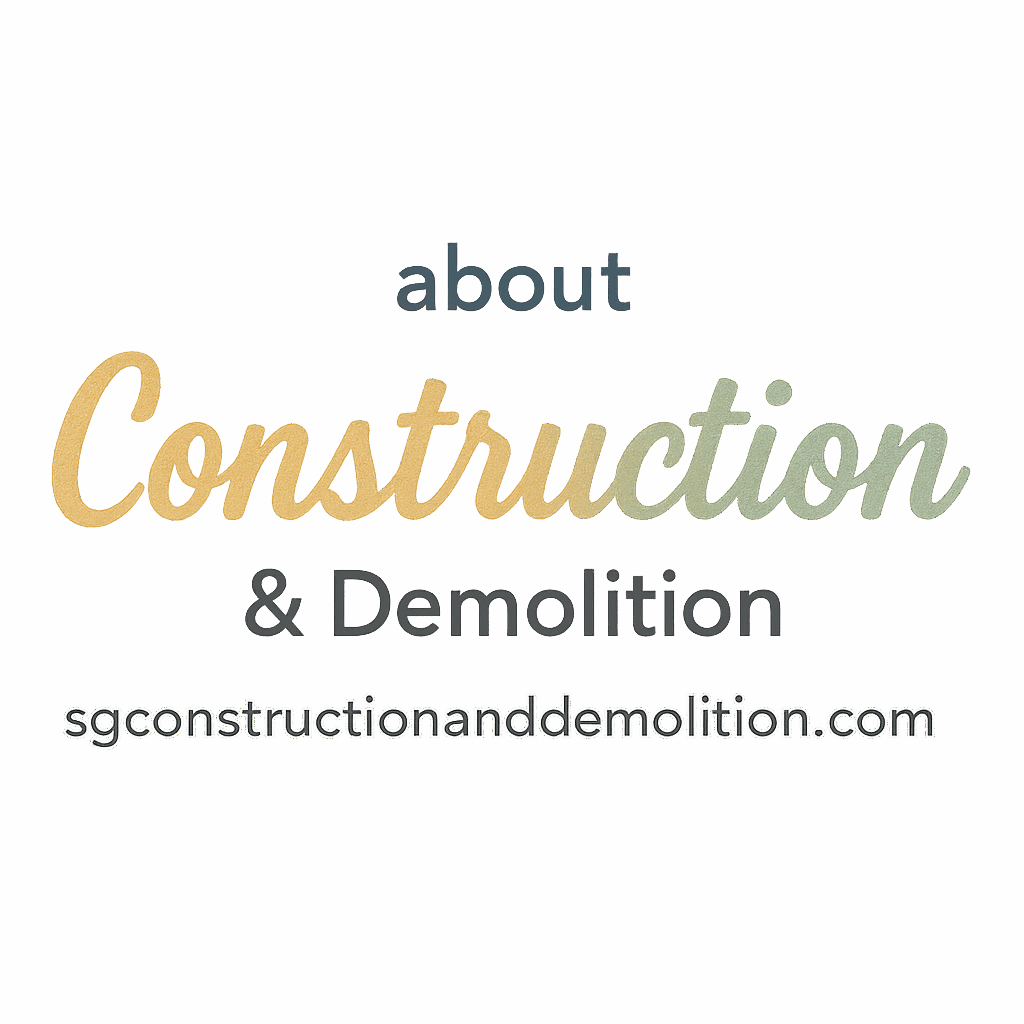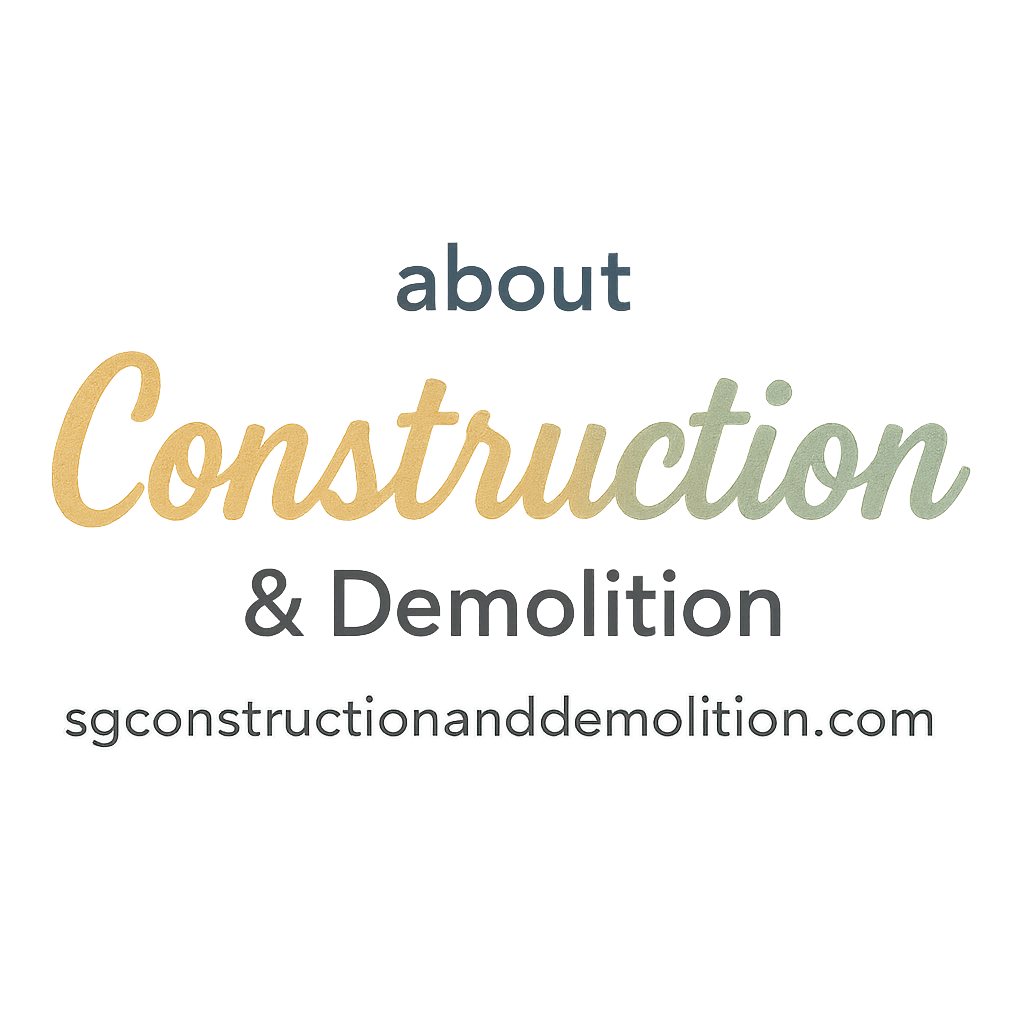Introduction: Why Energy Efficiency Matters in Construction
Imagine building a house that not only stands the test of time but also saves money, reduces emissions, and creates a more comfortable living space. Sounds like a win-win, right? That’s the power of energy-efficient construction planning.
With climate change at the forefront, both homeowners and contractors are leaning heavily into smarter, greener methods. Whether you’re a seasoned pro or just getting started, energy-efficient strategies in construction planning can make or break a sustainable project.
Want to dive deeper into the basics? Check out Construction Basics for a solid foundation.
1. Site Orientation and Building Positioning
One of the most overlooked energy-efficient strategies is how a building sits on its site. Yes, direction matters!
Understanding Passive Solar Design
Passive solar design utilizes the sun’s natural path to heat and light a building. By orienting the building to face the sun, you reduce the need for artificial lighting and heating.
Strategic placement of windows, shading devices, and landscaping can drastically impact energy performance.
More on this kind of method? Head to our tag on Methods.
2. Smart Material Selection
You are what you build with—at least when it comes to energy efficiency.
Recycled and Sustainable Materials
Using recycled steel, reclaimed wood, or even repurposed concrete helps conserve resources. These materials reduce the energy needed for extraction and manufacturing.
Explore our section on Green Smart Trends for inspiration.
High-Performance Insulation
Materials like spray foam, mineral wool, or rigid foam boards minimize heat transfer. Better insulation = lower heating and cooling bills. Simple math, really.
3. Integrated Project Planning
Here’s where teamwork makes the dream work.
Collaborative Design Thinking
When architects, engineers, and contractors plan together from day one, energy goals are easier to hit. BIM (Building Information Modeling) and energy modeling tools let teams predict and solve energy problems before breaking ground.
Visit our Project Management tag for insights on efficient planning methods.

4. Efficient HVAC System Design
Let’s face it—HVAC systems are energy hogs. But they don’t have to be.
Zoning and Smart Controls
Designing with zones allows specific rooms to be heated or cooled independently. Add programmable thermostats or smart controls and boom—big-time savings.
Need to learn more about tools for this job? Check our Tools & Equipment page.
5. Renewable Energy Integration
Renewables aren’t just trendy—they’re essential.
Solar Panels and Wind Turbines
Solar is king in the residential energy world, but wind can be effective on larger properties too. A mix of both? Even better.
Energy Storage Options
Battery storage lets you bank excess energy for use later. Think of it as a savings account for electricity.
For more cutting-edge trends, check out our Innovation tag.
6. Use of Smart Building Technology
The future of construction is connected—and energy efficient.
IoT Sensors and Automated Controls
Smart thermostats, motion-sensing lights, and energy dashboards help reduce waste. These technologies monitor consumption in real time and adjust accordingly.
Want to see where smart tech is headed? Check out the Smart Tech section.
7. Water Conservation Strategies
Water is energy, too—especially when it’s heated.
Greywater and Rainwater Harvesting
Systems that reuse shower and sink water for irrigation or flush toilets can dramatically cut water usage. Same goes for collecting rainwater.
More info? Visit Planning & Safety to learn how to integrate these strategies safely.
8. Lighting Design for Efficiency
Lighting can drain your energy—or brighten your efficiency.
Natural Daylighting Techniques
Skylights, light shelves, and clerestory windows reduce the need for electric lights during the day. Plus, they create beautiful interiors.
LED and Smart Lighting Systems
LEDs use a fraction of the energy of traditional bulbs and last much longer. Pair them with motion sensors or daylight sensors for maximum impact.
For beginner-friendly lighting setups, swing by our Beginners tag.
9. Energy Modeling and Simulation Tools
Why guess when you can simulate?
Early-Stage Planning Benefits
Using tools like EnergyPlus or SketchUp early in design helps estimate energy use, identify inefficiencies, and save money before construction begins.
Explore more planning tips under the Planning tag.
10. Sustainable Waste Management
Don’t throw away your energy savings—literally.
On-Site Recycling and Reuse
Sorting and reusing materials on-site reduces landfill waste and conserves embodied energy. It’s also a great way to reduce transport emissions.
Want to know more about demolition and reuse? Visit Demolition Techniques and our tag on Demolition.
Conclusion: Building the Future with Energy Wisdom
We’ve just scratched the surface of what energy-efficient construction planning can achieve. From the angle of the sun to the sensors in your lights, every choice adds up to a greener footprint and smarter builds.
If you’re planning a project—big or small—these 10 strategies aren’t just good ideas; they’re your blueprint for success.
For a deeper dive into construction methods, innovation, or planning tools, visit SG Construction and Demolition and explore our full range of resources.
FAQs
1. What is the most cost-effective energy-efficient strategy for construction?
Site orientation and insulation typically offer the highest return on investment.
2. Are renewable energy systems worth it in small residential projects?
Absolutely! Solar panels can drastically cut energy bills even in modest homes.
3. How can beginners start with energy-efficient construction?
Start with Construction Basics and Beginners to build foundational knowledge.
4. Is smart technology difficult to install in older buildings?
It depends, but many modern systems are retrofit-friendly and offer long-term savings.
5. Can I implement these strategies in renovation projects?
Yes, especially insulation, lighting upgrades, and HVAC improvements.
6. What tools are best for energy modeling?
Try EnergyPlus, SketchUp with plugins, or Revit for advanced modeling.
7. Where can I learn about trends and myths in energy-efficient building?
Visit the Trends and Myths tags for updated insights.


